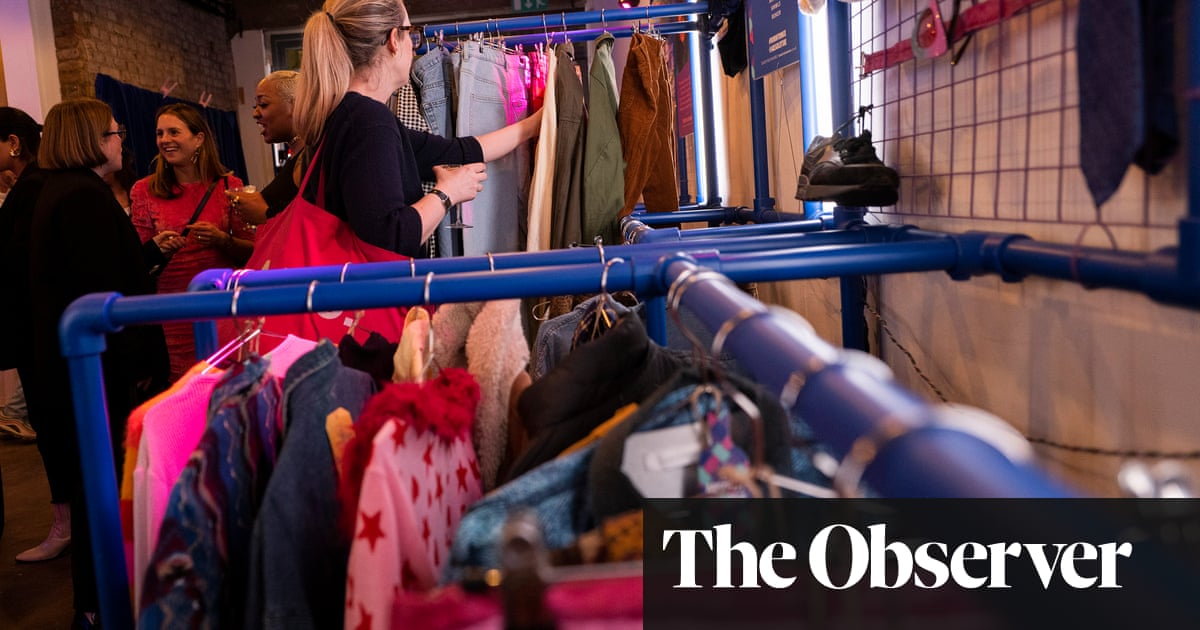
The musician Lorde appeared on the cover of US Vogue this week wearing a Schiaparelli breastplate. Metallic flowers became a makeshift brassiere, while stems acted as a waistband. With the New Zealander having released a new album, Solar Power, about the transcendental capacity of nature, this piece of body jewellery seemed to say that her allegiances lie with the natural world. Perhaps it served as protection, too, against the artificiality of the urban environment, as well as against recent criticisms of her work.
From Lorde to Cardi B, Bella Hadid and Gwyneth Paltrow, who wore one, by Tom Ford, on the cover of Harper’s Bazaar in February, the breastplate has become fashion’s most arresting feminist trend. In an era of constant online surveillance and criticism, it is a piece of armour in the literal sense, with an implicit reference to Joan of Arc. “At every turn, as women, we are now politically exposed and expected to fight around what kind of feminism we want to support,” says Angela McRobbie, a cultural theorist and commentator. “[The breastplate] reflects our current sense of being ‘embattled’ as women.”
Last month, Cardi B wore a gold breastplate in the video for Lizzo’s track Rumors. It elevated her pregnant body, adding to the growing move towards destigmatisating pregnancy in popular culture.
At Cannes in July, Bella Hadid wore a different gold breastplate, this one shaped like lungs, from the same Schiaparelli collection as Lorde’s. The look doubled as a piece of “look at me” red carpet mastery (“When I would look down, you could see everything, so it was very bizarre walking on to the carpet with a breeze in places you usually wouldn’t have a breeze,” she told Vogue), but also as a physical protection against the sea of photographers’ flashing bulbs.
“It entices us to look at her chest, but then repels us when we realise it is a gilded lung with jewelled bronchioles,” says Andrew Groves, a professor of fashion design at the University of Westminster. “There is a contradiction at play here of soft, fragile objects being recast in hard, cold gold.”
McRobbie interprets the tough, metallic nature of the body jewellery as a rejection of male expectations of women in the public eye. She sees a connection to A Cybord Manifesto, a 1985 essay by the US academic Donna Haraway. “I’d rather be a cyborg than a goddess,” Haraway wrote.
The breastplate transcends gender differences and expectations. “It’s an escape from the normative body. The idea of Haraway’s cyborg was to radically denaturalise femininity and the female body,” says McRobbie. “In many ways, it offered a feminist defence of radical body modifications.”












